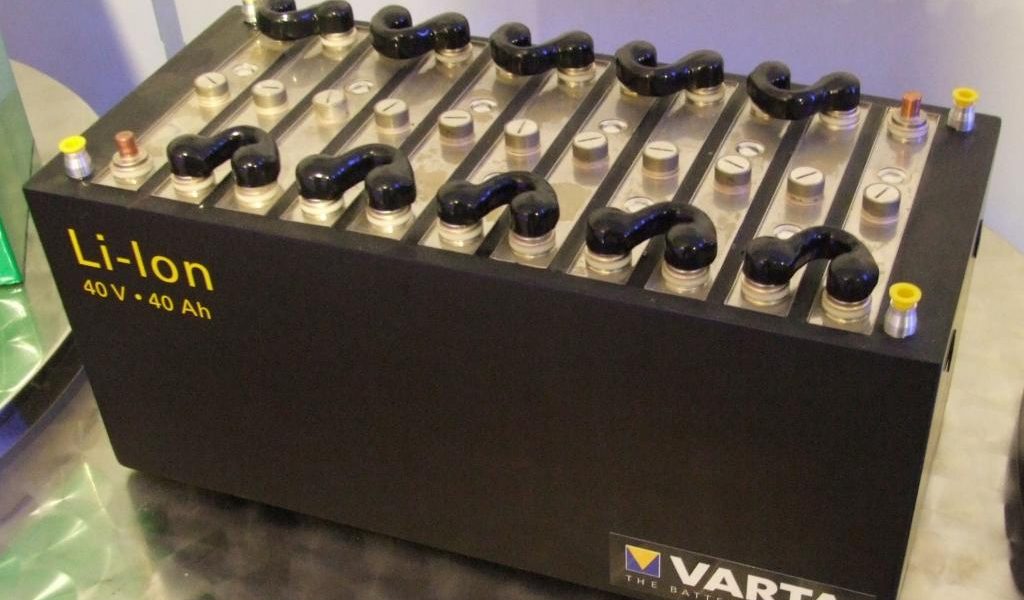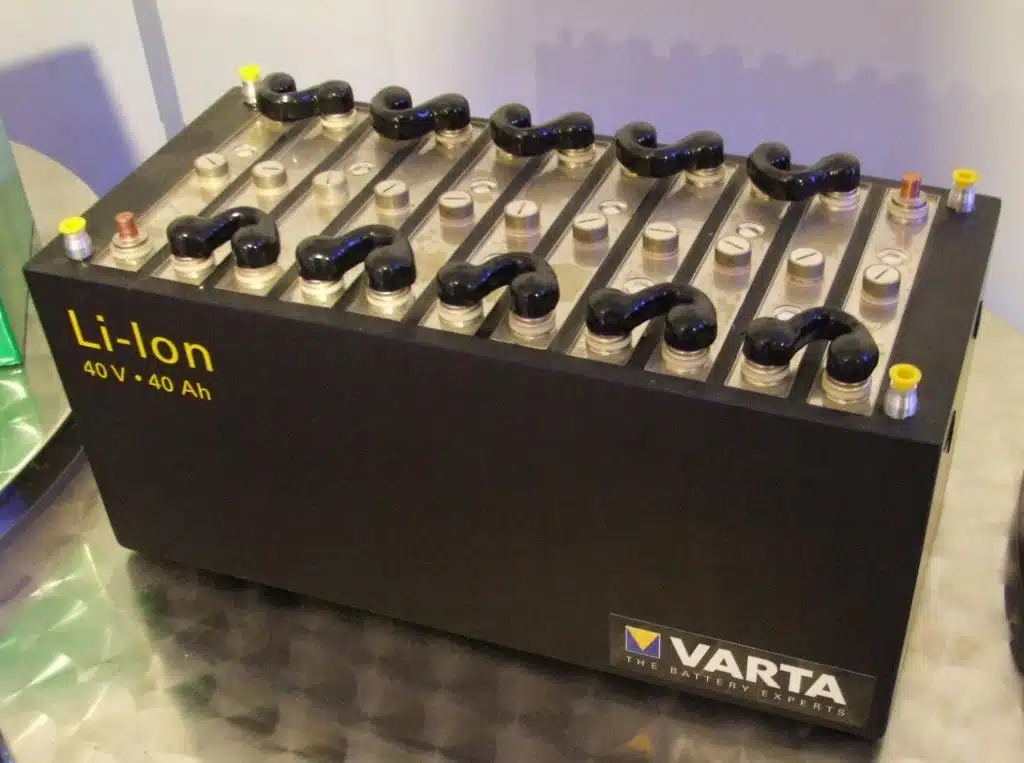Given the rising demand for greener, more sustainable transportation solutions, global automakers are rushing madly for lithium. Over the past two years, however, demand for the metal has also driven up its cost – and, unfortunately, lithium producers admit that they are ill-equipped to match the growing clamor from battery makers worldwide.
But researchers from the Skolkovo Institute of Science and Technology (Skoltech) and the Lomonosov Moscow State University recently announced that they may have developed a potential alternative that may prove to be equally effective but at a considerably lower cost.
The material in question is a pulverized compound of sodium, vanadium, and phosphate fluoride with a distinctive crystalline molecular structure. When used in battery cathodes, it provides exceptionally high power storage capacity – something which has, to date, eluded those working on conventional lithium-ion battery technology.
Are Sodium-Ion Batteries the Next Big Thing?
While lithium-ion batteries have become part of everyday experience thanks to their use in electric vehicles and consumer electronics, constant reliance on them may be jeopardized by the way the prices of raw materials used in their production have risen alarmingly in recent years.
Also, lithium production is seen as an environmental hazard, and material deposits are few and far between throughout the world.
The ionic battery developed by the Moscow-based research team uses sodium, an alkaline metal that is considerably more plentiful. In terms of structure, its basic architecture is practically the same as that of a conventional lithium-ion battery. However, different materials are used when it comes to its primary components.
Its cathode, in particular, utilizes the aforementioned sodium-vanadium compound, which enables it to achieve battery energy density that is 10 to 15% better than the current industry standard.
According to Skoltech assistant professor Stanislav Fedotov, one of the study’s co-authors, the material they developed compares well with the current layered materials used for cathodes. It also provides the same battery capacity but at much greater stability to give it longer performance life and also makes it less expensive to produce.
Fedotov also pointed out that, while a higher energy storage capacity is one of the key characteristics of a sodium-ion battery, the sodium-vanadium compound also enables the cathode within to operate at a much lower ambient temperature. This is seen as advantageous for Russian consumers, given how winters in the country are quite extreme.







